1. M*A*S*H – Hawkeye’s Goodbye
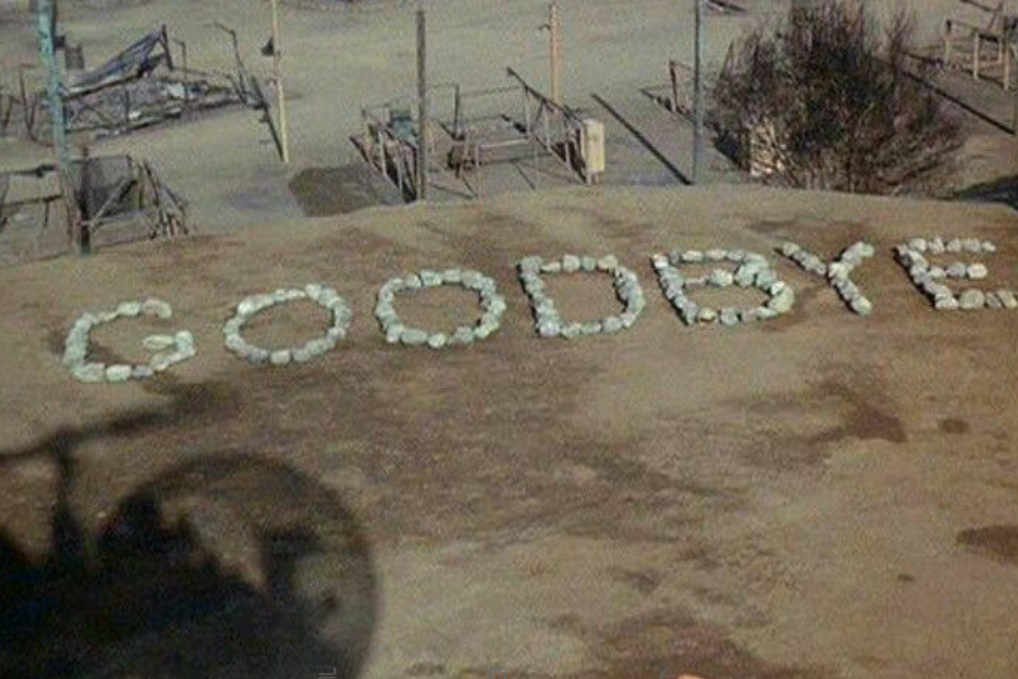
The MAS*H series finale “Goodbye, Farewell and Amen,” aired February 28, 1983, remains the most‑watched scripted episode in U.S. history. It attracted roughly 106 million viewers and a staggering 60.2 Nielsen rating, meaning 77 percent of TVs in use were tuned in, a level of appointment viewing that is essentially impossible to replicate in today’s fragmented streaming era. The finale’s emotional resonance, following years of darkly comic, poignant stories set during the Korean War, capped an era when network television still felt like a communal experience. In this final two‑and‑a‑half‑hour episode, characters say farewell as the Korean conflict ends. Hawkeye’s closing reflections, about war, innocence, and survival, strike a profound emotional chord. The finale’s scale, emotional closure, and cultural context combined to make it a moment not only watched by millions but deeply felt and remembered.
2. Mary Tyler Moore – Newsroom Group Hug
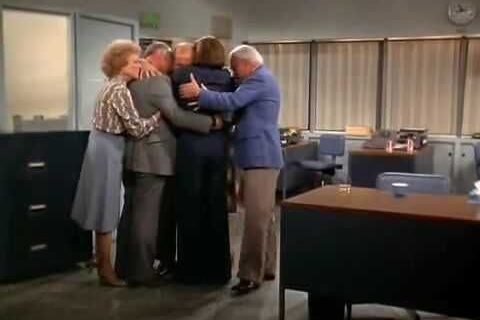
When The Mary Tyler Moore Show aired its finale on March 19, 1977, it closed with the entire newsroom staff spontaneously embracing in a group hug after facing layoffs. What started as a scripted gesture turned into an improvised moment of genuine warmth and shared sadness. Mary’s emotional line, “thank you for being my family,” delivered in that setting, turned an issue of job loss into something deeply human and unexpected. That group hug, followed by the newsroom crew shuffling off singing “It’s a Long Way to Tipperary,” became television shorthand for bittersweet farewell among friends and colleagues. Viewers connected deeply with the honesty of the moment, and it’s regularly cited in retrospectives as one of the most heart‑warming and emotionally grounded finales on sitcom television.
3. Dallas – “Who Shot J.R.?”
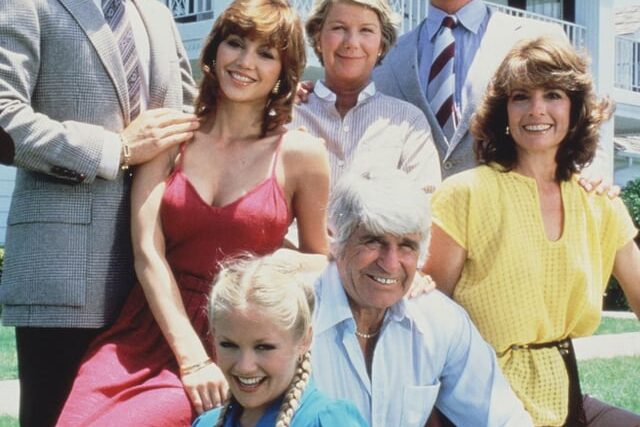
On Dallas, the unresolved cliffhanger “Who shot J.R.?” became a national obsession when it aired in November 1980. The resolution episode drew between 83 and 90 million U.S. viewers and earned a 53.3 Nielsen rating, second only to MAS*H in American broadcast history at the time. For months, fans speculated, debated, and tuned in faithfully, making it one of the first great water‑cooler television moments. This moment fundamentally altered TV storytelling by popularizing the season‑ending cliffhanger. The massive buzz it generated lifted Dallas to the top of ratings and proved that unresolved drama could command huge audience loyalty. It also paved the way for serialized storytelling and gave viewers a reason to watch live and discuss collectively.
4. All in the Family – Archie and Edith’s Shoe
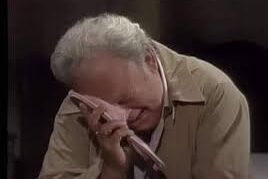
In a landmark episode of All in the Family, Archie Bunker discovers Edith’s missing shoe, an understated but powerful moment that followed an attempted assault on her character. His comedic yet tender search for her shoe offered a poignant comment on marital devotion and the show’s willingness to engage with serious social issues. This scene stood out because it balanced humor and empathy in the face of trauma, an example of how All in the Family used domestic settings to confront topics like violence, sexism, and emotional resilience. It resonated because audiences felt Archie’s genuine concern and the couple’s bond, even in a series known for its sharp satire.
5. Carol Burnett – Korman Breaks During Conway Story
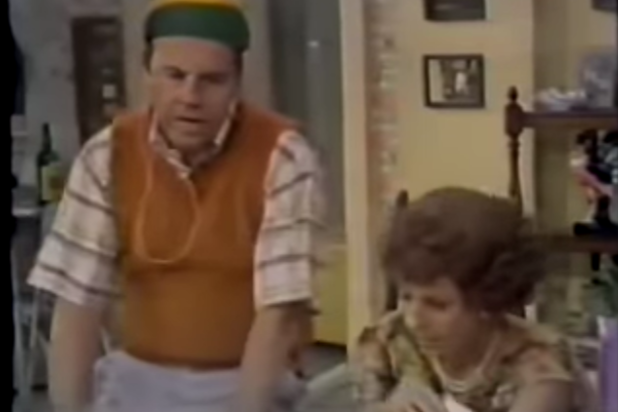
On The Carol Burnett Show, Tim Conway’s legendary elephant story caused co‑host Harvey Korman to break character in an uproarious fit of laughter, a rare moment in tightly scripted variety television. Korman’s inability to hold his composure, reacting naturally to Conway’s comic timing, became a celebrated moment of spontaneity. This unforgettable blooper captured the joy of live performance and showed that even polished professionals couldn’t resist Conway’s comedic genius. It reminded audiences why variety shows were beloved: unpredictable, genuine, and full of laughter. Long after the episode aired, fans still recall Korman’s laughter as proof that comedy is at its best when it catches you off guard.
6. Happy Days – Fonzie Jumps the Shark

In Happy Days, Fonzie’s water‑ski jump over a caged shark in the September 1977 “Hollywood: Part 3” episode became an iconic moment. It coined the idiom “jump the shark,” which today signals when a show passes its peak and resorts to absurd stunts to hold attention. The stunt resonated because Fonzie was already TV’s embodiment of “cool.” That he’d don his signature leather jacket, and crash through a shark stunt, sealed his place in pop‑culture lexicon. The scene became shorthand for shows declining in quality, even though Happy Days continued successfully for six more seasons.
8. Bob Newhart Show – Dream Twist Finale
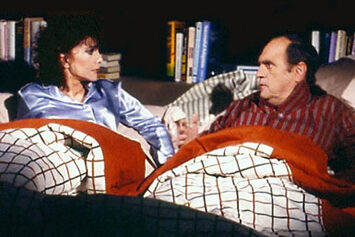
At the end of The Bob Newhart Show, the abrupt twist of Bob Hartley waking up next to Suzanne Pleshette’s character (revealing everything had been a dream) stunned viewers. Though the Newhart finale aired later in 1990, that earlier twist became widely discussed and influential in sitcom storytelling. This surprising resolution redefined what a sitcom ending could do, folding reality back into itself for comedic effect. It paved the way for future ambitious finales and remains celebrated for its understated cleverness and ability to reshape audience expectations about television closure.
9. Good Times – Florida’s Grief
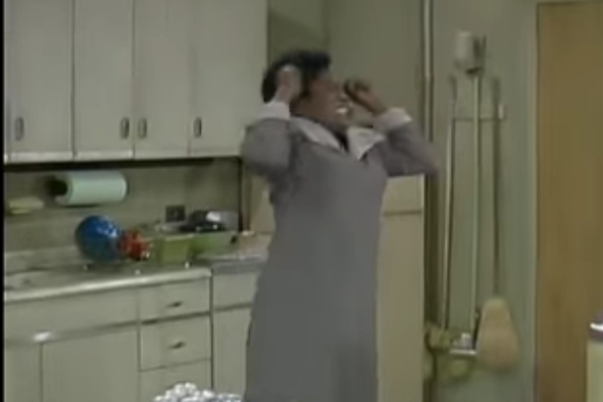
In Good Times, when James Evans dies in a car accident, his wife Florida initially masks her grief, until a quiet moment when she drops the punch bowl and shouts, “Damn! Damn! DAMN!”.That three‑word outburst stunned audiences with its raw emotional power. It broke sitcom taboos around open grief and silenced the usual canned laughter, leaving only heavy silence and real feeling. Viewers remember Florida’s mourning as one of the most authentic moments ever on sitcom television.
10. Sanford and Son – Fred’s Fake Heart Attack

In Sanford and Son, Fred Sanford regularly fakes heart attacks, clutching his chest and calling out, “Oh, this is the big one! You hear that, Elizabeth? I’m coming to join ya, honey!”. It became his signature gag and a pop‑culture reference for melodramatic exaggeration. That running gag showcased Redd Foxx’s comic timing and helped define the show’s blend of humor and family conflict. It became part of the cultural lexicon, recognizable even to those who’ve never watched the series.
11. Three’s Company – Jack Pretends to Be Gay
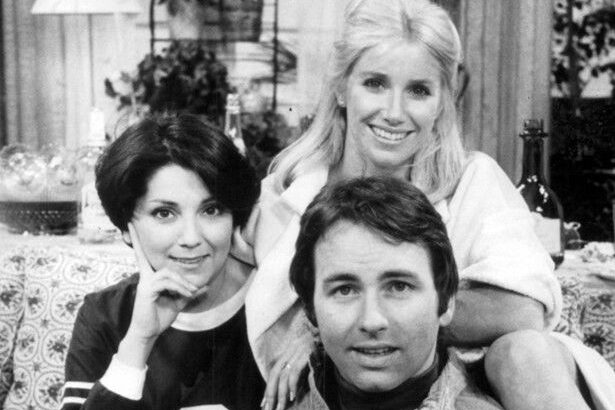
In the pilot of Three’s Company, Jack Tripper must pretend to be gay to live with two single women, Chrissy and Janet, due to strict landlord rules forbidding unmarried cohabitation. This premise, introduced in March 1977, set up an ongoing source of humor and social commentary, especially as sitcoms rarely addressed themes of sexuality or communal living at that time. While the deception is broad farce, the show elevated the concept by occasionally poking at homophobia, Mrs. Roper quickly learns the truth and serves as a moderating force toward her husband. This blend of comedic misunderstanding and subtle progressive message allowed Three’s Company to balance conservative norms with evolving cultural shifts.
12. Laverne & Shirley – Glove on the Bottling Line

On Laverne & Shirley, the iconic industrial setting at Shotz Brewery became the site of many comedic bits, including a memorable moment when Laverne stamps her glove onto a beer bottle on the conveyor line. That slapstick interaction turned a routine workplace into a playground for quirky humor and visual comedy. Fans still recall the moment as emblematic of the duo’s playful energy. The scene encapsulates the show’s charm: two blue‑collar friends finding fun in factory work. It highlighted the everyday resilience and humor of working‑class women, carving out a space for female friendship comedy during a time when male ensembles dominated TV. The glove gag became shorthand for their spirited, relatable antics.
13. The Jeffersons – George Confronts the KKK
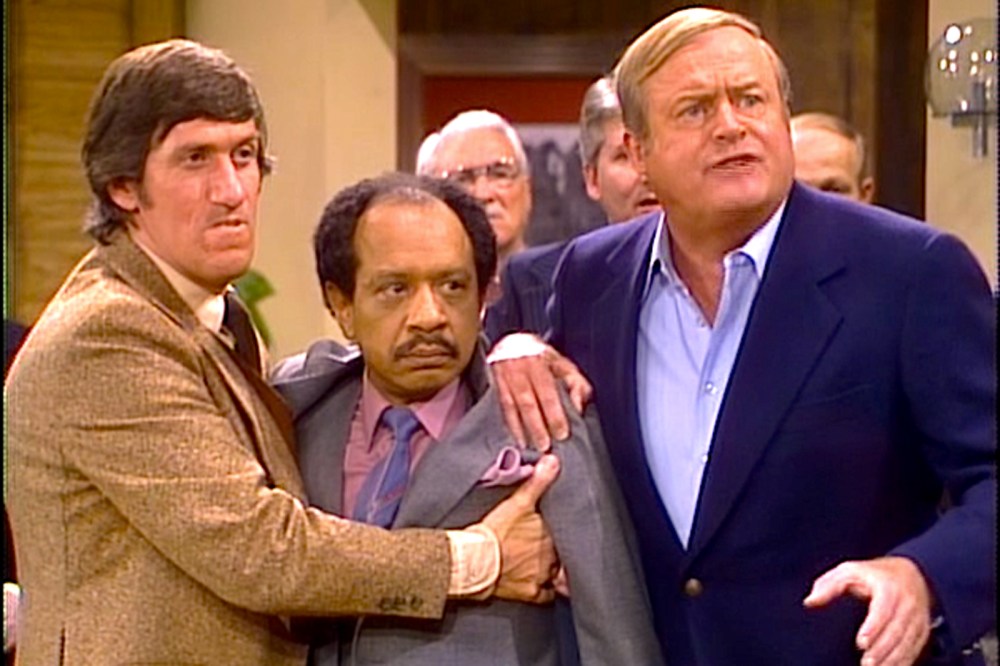
In an episode of The Jeffersons, George Jefferson accidentally attends what he believes is a tenants’ meeting only to discover it’s a Ku Klux Klan gathering. The confrontation escalates until the KKK leader suffers a heart attack, and only George knows CPR, saving him. The incident becomes a powerful reversal: the racist organizer survives thanks to the very man he despised. This remarkable scene blended sharp social commentary with dramatic irony and emotional tension. It challenged racist stereotypes head‑on, showing George’s intelligence, composure, and heroism. The aftermath, where the organizer’s son begins to rethink racial attitudes, underlined television’s potential to address prejudice and transformation through character and conflict.
14. The Love Boat – Charo Steals the Show
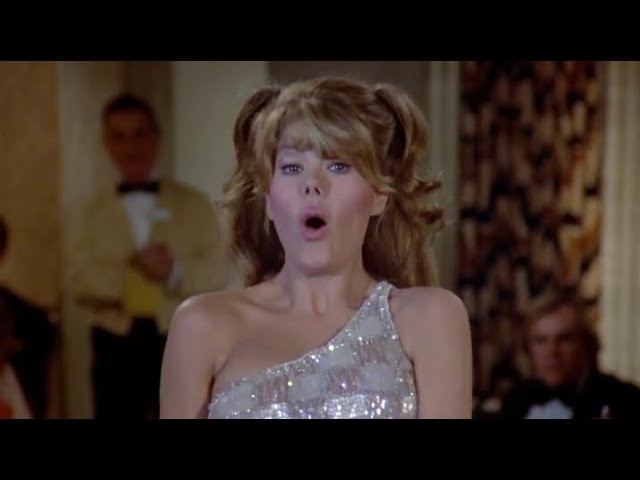
Charo, the vivacious Spanish‑born entertainer, appeared in The Love Boat up to ten times during the 1970s. Though not a recurring character, her guest spots were unforgettable, she brought flamboyant energy, comedic flair, and musical interludes that often outshone the regulars. Her appearances stood out not just for entertainment value, but because Charo embodied a bold, unapologetic persona rarely seen on network TV at the time. Each week viewers expected her larger‑than‑life presence, exuberant songs, trademark catchphrases, and comedic bravado, that turned her into a cultural highlight for the series and cemented her status as TV icon.
15. The Odd Couple – Oscar and Felix Reach a Boiling Point
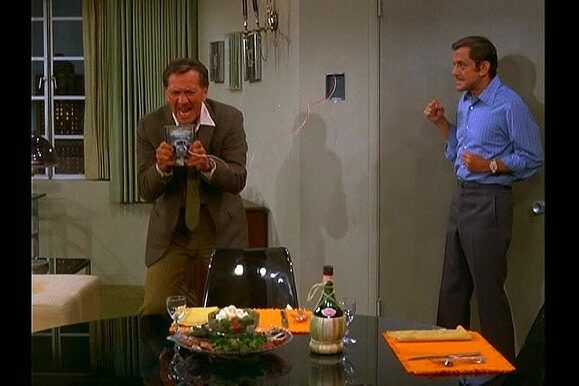
The Odd Couple was built on the contrast between fastidious Felix and sloppy Oscar. In one especially memorable arc, tensions mount after Felix’s wife leaves him, leading to him moving in with Oscar. The clash over cleanliness, finances, and lifestyle escalates, Oscar craves freedom; Felix clings to routine. The resulting conflict exposes the emotional root of their partnership and the personal strain beneath the comedy. This storyline resonated because it ventured beyond standard sitcom rivalry into emotional complexity: touching themes of loneliness, identity, and change within the comfort zone of sitcom laughter. When Felix hums like a moose or meticulously organizes the apartment, audiences laugh, but they also feel the heartbreak and companionship at the heart of their mismatched friendship.
16. The Brady Bunch – Marcia’s Broken Nose
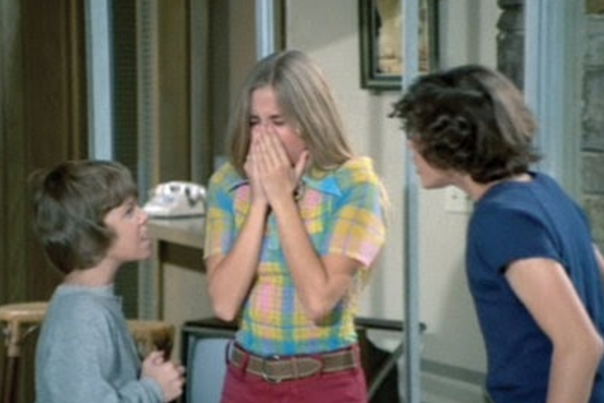
In the February 9, 1973 episode titled “The Subject Was Noses,” Marcia Brady is accidentally hit in the nose by a stray football thrown by Peter, causing it to swell dramatically. The moment she utters “Oh, my nose!” instantly became a cultural touchstone and is still frequently referenced in pop culture today. Doug Simpson, the school heart‑throb, promptly cancels her date once he sees the swollen nose, using the standard excuse “something suddenly came up”, turning what might have been a minor gag into a moment of teenage humiliation and humor.
This scene captured the innocence and awkwardness of adolescence with sincerity and comedic flair. The exaggerated facial reaction, family concern, and teenage regret all worked together to make it a permanent fixture in fans’ memories. Decades later, RuPaul’s Drag Race contestant Marcia Marcia Marcia recreated the moment in a bloodied cocktail dress, complete with a football prop and nose bandage, as an homage that marks nearly fifty years of cultural resonance.
17. The Facts of Life – Natalie Loses Her Virginity
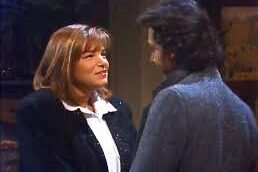
In Season 9 episode 16, titled “The First Time,” which aired February 6, 1988, Natalie (Mindy Cohn) becomes the first of the four girls to lose her virginity, an unusually frank storyline for a teen series in the late 1980s. Originally planned for Blair, Lisa Whelchel requested to be removed from the storyline due to her religious convictions, so the plot was reassigned to Natalie instead, the only episode of the series Whelchel did not appear in. The episode was preceded by a parental advisory and drew attention for addressing teen sexuality head-on. Natalie’s emotional journey reflects teenage love, regret, and the consequences of stepping outside personal boundaries. As one article noted, she’s upset not just by the physical act but by how her boyfriend Snake responds afterward, ultimately making it a more mature exploration of intimacy on network television.
18. Scooby‑Doo – Meddling Kids Unmask the Villain
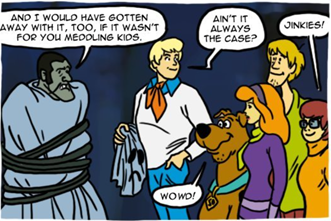
In Scooby‑Doo, Where Are You!, the climactic unmasking of the villain, followed by Fred’s signature declaration “And I would’ve gotten away with it too, if it weren’t for you meddling kids!”, became the show’s trademark ending. First airing in 1969 and continuing through the ’70s, the catchphrase became iconic, signifying the reveal and moral of each episode. The formula reinforced a reassuring idea: logic and teamwork triumph over disguise and fear. Generations of children memorized the villains’ unmasking scenes, embedding the “meddling kids” line into pop‑culture lexicon. It inspired dozens of spin‑offs and countless parodies, underscoring the enduring appeal of resolving mystery through camaraderie and smarts.
19. Fantasy Island – “De Plane! De Plane!”

In Fantasy Island, tattooed bellhop Tattoo (Hernández) exclaims “De plane! De plane!” the moment the seaplane arrives on the island. First heard in 1977, the line became a signature opening that set the show’s magical tone and anticipation for each guest’s story. That simple phrase encapsulated the show’s fantasy premise, mystery, transformation, and hope delivered by plane. Audiences came to associate the moment with escape: each arrival heralded new emotional stories, moral lessons, and romantic fiction. Its rhythmic delivery and novelty made it endlessly quotable, even decades later.
20. The Flip Wilson Show – Geraldine’s Catchphrase
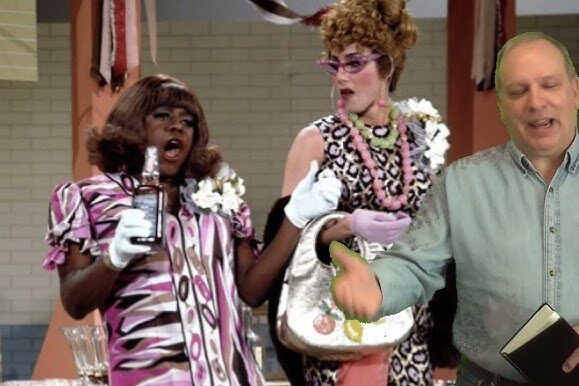
In The Flip Wilson Show, one of the most memorable characters was Geraldine Jones, Flip’s outrageously confident alter‑ego. She famously blurted “The devil made me do it!” in response to mischief or accusation, becoming her signature catchphrase from the mid‑1970s onward. Geraldine’s persona and catchphrases broke barriers: she brought brashness, sass and feminist confidence to late‑night variety television. The line “The devil made me do it!” became shorthand for playful rebellion, instantly recognizable and often quoted. It helped cement Flip Wilson’s cultural impact and the enduring legacy of accessible, character‑driven comedy.
This story 20 TV Show Moments from the ’70s That Still Live Rent-Free in Our Heads was first published on Daily FETCH


